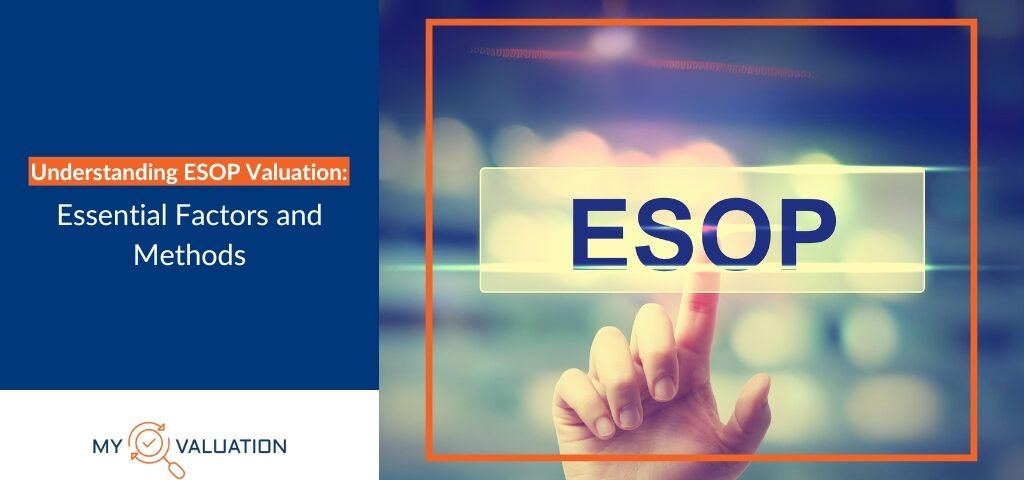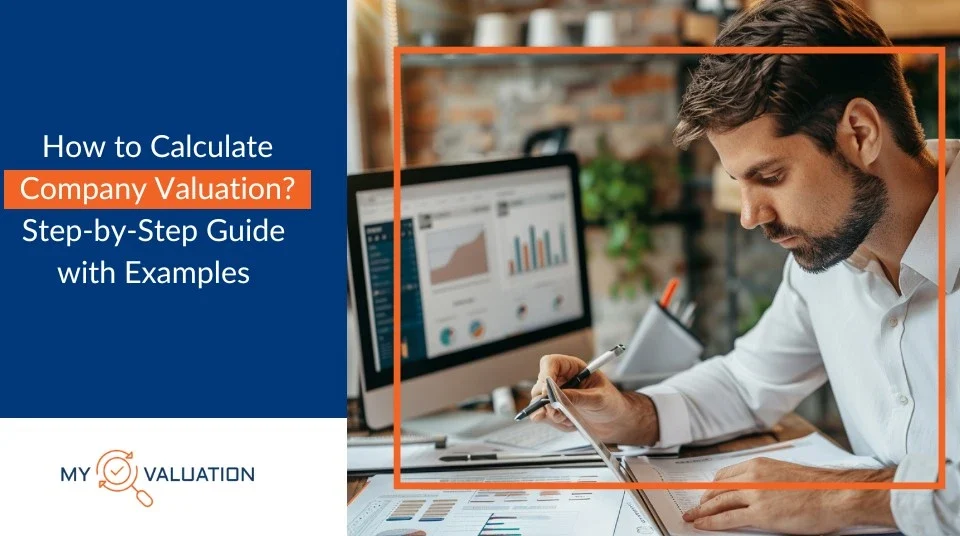Employee Stock Ownership Plan (ESOP) is a certified retirement plan that allows employees to become partial owners of their employer. Instead of traditional retirement benefits, workers receive shares of the company's stock, enabling them to directly benefit from the company's success. ESOPs are often established to motivate employees, improve morale, and enhance overall productivity.
Here, an essential question arises about the value of ESOP. How to determine ESOP Valuation? To understand and simplify the ESOP Valuation, in this blog, we’re talking about the ESOP valuation with its influence and the methods used in determining the ESOP valuation.
Understanding ESOP Valuation
Employee Stock Option Plans (ESOPs) help engage employees in the company's success by giving them ownership through shares. However, it's important to determine the value of ESOPs, not just for the managers, but also for the employees.
ESOPs Valuation is not just about the calculations. It involves considering how well the company is doing, its expected growth, industry, and market conditions. With accurate valuation, everyone gets a fair share. Employees are rewarded for their hard work, and the company can maintain its ownership structure.
Let's explore the key factors for the right ESOP valuation.
Essential Factors of ESOP Valuation
1. Business Performance
The performance of a company is a key factor that affects ESOP valuation. Essentially, company performance metrics consists of revenue growth, profitability, and market performance.
Revenue growth reflects the company's ability to consistently increase its top line. Profitability indicates the efficiency of operations and suggests sustained growth potential. Additionally, market position refers to the company's competitive standing and its ability to capture market share.
2. Industrial Changes
The day-to-day economic conditions and competitive business environment impact industry trends such as demand changes or financial downturns, can directly affect company performance.
Additionally, analyzing the competition determines a company's position within its industry, impacting its growth opportunities and market share. For instance, in the technology sector, a company's ability to innovate and adapt to evolving market demands significantly influences its ESOP valuation.
3. Capital Structure
Capital structure means how much debt a company has compared to its equity. Having high levels of debt can make it difficult for a company to meet its ESOP obligations, which can lower its valuation.
The equity structure also influences how much the ESOP contributes to existing shareholders and future investors. For instance, a company with a lot of debt and uneven equity distribution may struggle to maintain a high ESOP valuation, which can impact employee motivation and retention.
4. Growth Opportunities
Growth opportunities include expansion plans and product enhancement. Strategies like entering new markets or scaling operations indicate potential revenue streams and market penetration, boosting ESOP value.
Similarly, effective product development initiatives, such as innovative offerings or enhancements, enhance competitiveness and future revenue potential, positively impacting ESOP valuation.
5. Company Management
A strong company management boosts confidence among investors and employees. This results in positive company performance, contributing to long-term growth potential and a higher ESOP value.
For example, a company led by experienced leaders who have successfully navigated challenges and promoted growth is more likely to have a higher ESOP valuation.
6. Valuation Timing
Valuations at regular intervals ensure that employee ownership stakes are kept up to date. The company's financial health, market conditions, and contemporary events affect the ESOP valuation.
Whether it's done annually, quarterly, or triggered by specific events like mergers or acquisitions, timely valuations keep ESOPs aligned with the company's current worth.
Let's check the useful methods of ESOP valuation.
Significant Methods of ESOP Valuation
1. Market Based Method
The first strategy is the market-based method. With this, you compare the values and ESOPs of similar organizations to yours in terms of employee strength, financial performance, and industry.
You analyze the prices of public companies or recent transactions of similar private firms and establish a practical and reliable benchmark for your company's ESOPs.
2. Income Based Method
This method depends on the average future earnings generated by a company. First, you calculate the present value of projected earnings while considering factors like revenue, expenses, and growth potential. This will give you a thorough assessment of the ESOP's value, helping stakeholders make informed decisions.
3. Asset Based Method
Asset-based method evaluates the organization's tangible and intangible assets. It calculates the total value of the company's assets, such as property, equipment, and intellectual property. This method provides transparency and clarity by giving a clear picture of the company's value and its growth potential.
4. Discounted Cash Flow Method
This method involves predicting future investment opportunities and then adjusting them to their present value. It considers interest rates, debt-to-equity ratio, tax rate, and other factors to accurately assess the company's future performance.
5. Comparable Company Method
This method includes comparing the target company with similar companies in terms of size, industry, and financial performance. A valuation range is established for the target company by examining the valuation metrics of comparable companies, such as price-to-earnings (P/E) ratios. This method is especially useful when there is a robust set of comparable public companies.
6. Book Value Method
The book value is a simple method that involves examining the company's financial statements, especially the balance sheet. The net asset value is calculated by subtracting the company's total liabilities from its total assets. While this method provides a straightforward indication of a company's net worth, it may not reflect its actual market value.
Conclusion
Thus, ESOP valuation is a complex process that involves considering various factors. A successful ESOP valuation depends on the choice of valuation method, independence of appraisers, and trustee responsibilities.
Companies can establish a strong foundation for their employee ownership plans by prioritizing fairness, transparency, and regular updates. They can also promote a sense of shared success and align the interests of employees with the long-term goals of the business.
As ESOPs become more popular as a tool for employee engagement and retention, understanding the intricacies of valuation is essential for companies looking to implement successful and sustainable employee ownership programs.
In this process, you can consult a qualified ESOP Valuation like My Valuation. We are a team of experienced valuer team providing valuation services across industries. Our expertise in ESOP valuation, startup valuation, and business valuation makes us one of the best valuation firms in India.
Contact us today to learn more about our valuation services.
Introduction




